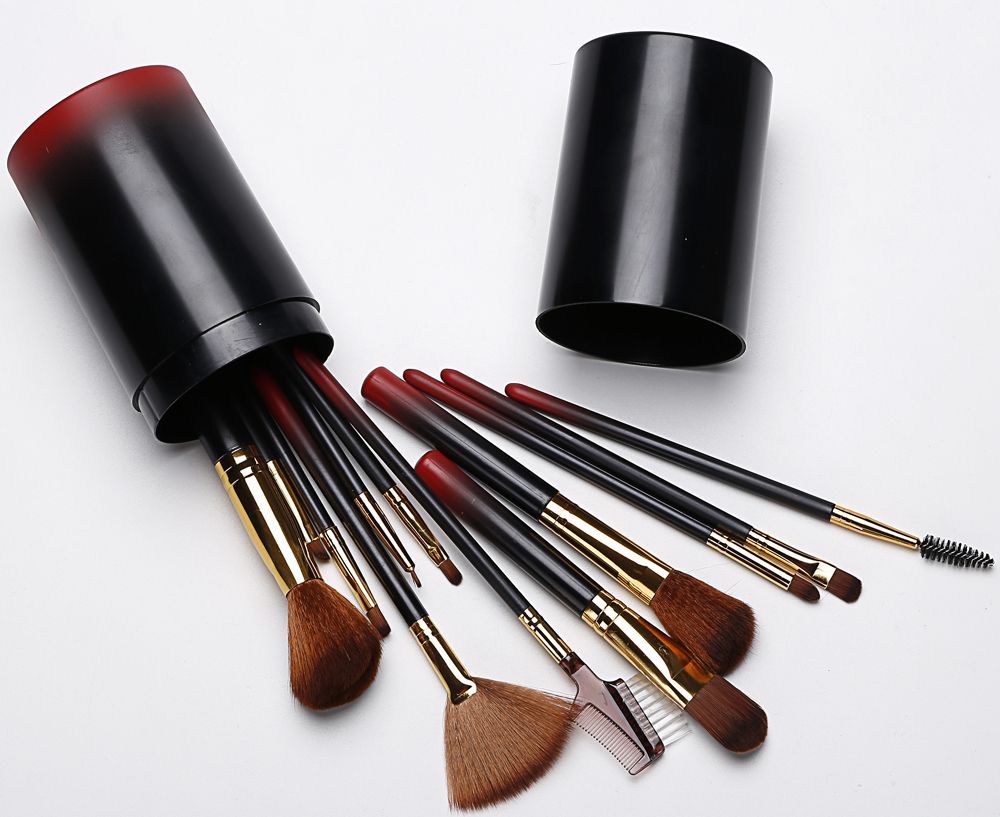Industry news
Mexican Brush Exports to the U.S. Grow 15%: Focus on Anti-Static Bristle Technology
- 212 Views
- 2025-09-19 01:32:10
Mexican Brush Exports to the U.S. Grow 15%: Anti-Static Bristle Tech Drives Demand
Mexico’s cosmetic brush exports to the U.S. surged 15% year-over-year in 2023, with anti-static bristle technology emerging as a key driver behind the growth, according to data from Mexico’s National Institute of Statistics and Geography (INEGI). The uptick, which pushed export values to an estimated $280 million, reflects a strategic focus on innovation by Mexican manufacturers, who are leveraging technical advancements to capture a larger share of the competitive U.S. beauty tools market.

Proximity to the U.S. has long given Mexican producers a logistical edge—shorter shipping times and lower transportation costs compared to Asian competitors—but industry analysts highlight anti-static bristle technology as the “game-changer” fueling recent gains. “U.S. consumers are increasingly prioritizing performance in beauty tools,” notes Clara Mendez, senior beauty industry analyst at Euromonitor International. “Static cling in makeup brushes has been a persistent pain point: it causes powder fallout, uneven application, and attracts dust, undermining the user experience. Mexican brands that solved this with anti-static tech have tapped into unmet demand.”
So, what makes anti-static bristles effective? Unlike traditional synthetic or natural fibers, these bristles are engineered with conductive additives—often carbon-based or metal-infused polymers—that dissipate static charges. During production, Mexican factories have refined the blending process, ensuring additives are evenly distributed throughout the bristle structure. This not only reduces static but also enhances bristle softness and durability, addressing another consumer concern: brush longevity.
User feedback underscores the appeal. A 2023 survey by U.S. beauty retailer Ulta found that 72% of customers who purchased anti-static brushes reported “significantly better powder adhesion” and “less product waste.” Professional makeup artists, a high-influence segment, have also embraced the technology. “I used to spend extra time tapping off excess powder due to static,” says Los Angeles-based makeup artist Mia Chen. “Mexican anti-static brushes cut that step—they pick up product evenly and release it smoothly on the skin.”

Beyond technology, Mexican manufacturers are aligning with U.S. sustainability trends. Many anti-static brushes now use recycled plastic handles or biodegradable packaging, pairing performance with eco-consciousness. “It’s a dual value proposition,” explains Carlos Ruiz, CEO of Mexico City-based brush manufacturer PincelTech. “We invested $5 million in anti-static R&D in 2022, but we also shifted to 30% plant-based bristle materials. U.S. buyers want both innovation and responsibility, and we’re delivering that.”
Trade policies have amplified the momentum. Under the USMCA (U.S.-Mexico-Canada Agreement), tariffs on beauty tools remain low, while streamlined customs processes have reduced delivery lead times to 3–5 days—critical for U.S. retailers managing just-in-time inventory. “When a viral TikTok trend hits, U.S. brands need tools on shelves fast,” Ruiz adds. “Our proximity plus tech gives us a 2-week head start on Asian suppliers.”
Looking ahead, growth is projected to accelerate. INEGI forecasts a 12–14% rise in 2024, with anti-static products expected to account for 65% of total exports. Mexican firms are now expanding into niche segments: anti-static brushes for sensitive skin (with hypoallergenic additives) and heat-resistant versions for use with setting sprays. As Mendez puts it: “Anti-static tech isn’t just a trend—it’s becoming a baseline expectation. Mexico’s early investment positions it to lead in the next generation of beauty tool innovation.”











